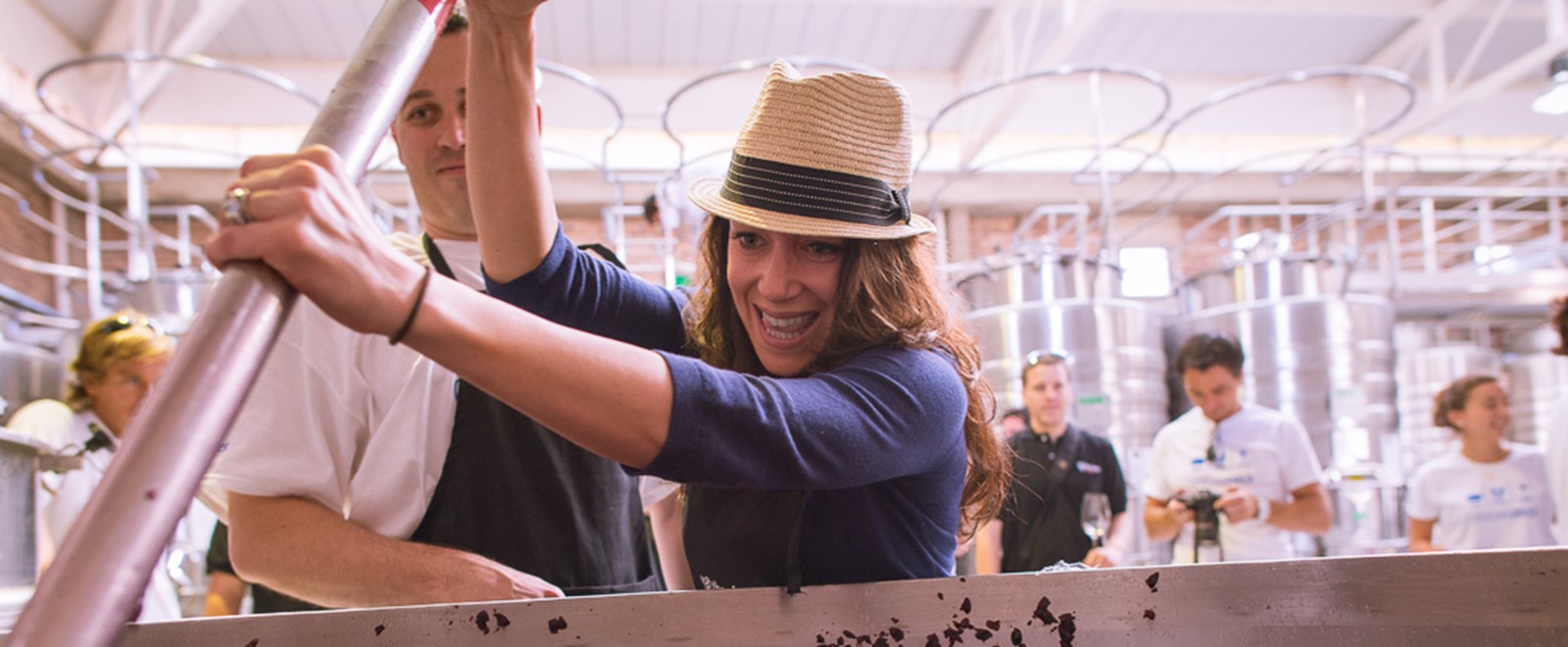As a result, you’ll find rosés made from grapes that are relatively uncommon in Argentina, like Mourvedre and Garnacha, while, at the same time, the packaging and labeling have become increasingly eye-catching in an effort to attract new consumers.
As Mariana Onofri, Wine Director of The Vines, who has just released a 2018 Alma Gemela Mourvedre Rosé, explains, what is happening right now in Argentina with the rosés is very favorable, as it demonstrates that consumers are encouraged to choose what to drink based on the season or the time of day. Rosé, in particular, is a wine that has various possibilities in its production, making it equally interesting to those who make it and those who taste it.
With regard to the types of rosés that are marketed and sold in the country, it could be said that they’re modeled on those produced in Provence, in the South of France. The colors of these creations are predominated by hues along the lines of onion skin or salmon. We’re talking about pale-colored wines that are smooth and refreshing in the mouth.
They’re ideal as an aperitif, for example, at the opening of a conference, although they also pair very well with dishes that have become very popular in recent years, like ceviche, guacamole and spicy curry.
While it’s customary in Argentina to accompany a roast with red wine, the truth is that the freshness of a good rosé helps balance the flavor between bites. Rosés also go very well with seafood salads and pastas with thick sauces.
With regard to their production, they can be made directly from red grapes that are just barely macerated with their pomace, but the key is always the color. For this reason, in an effort to maintain the soft tones, carbonic maceration techniques are typically used.
Another recent trend is for rosés to have more body, with a taste not quite as light as before. A good example is Padma from Bodega Corazón del Sol, which is made with Garnacha grapes. As Cristian Moor, the winery’s oenologist, explains, he didn’t want to create a light rosé. Padma was designed to accompany everything from pasta to meats.
To get an idea of how popular rosés have become, you only need to look at the great number that have been released during the past three months. At least ten wineries have provided details on their new rosés. Rosés have been produced on the basis of Malbec, Bonarda, Pinot Noir, Merlot and Cabernet Franc. Recently, they’ve even released a blend called Rosadía, containing Pinot Noir, Cabernet Franc, Merlot and Malbec.
